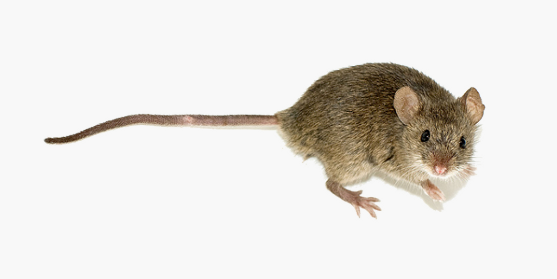[778] Molecular and genetic mecanism of sexual development

1)Molecular mechanisms involved in sex determination and early ovarian differentiationWe study the molecular pathways mediating sex determination and early ovarian differentiation in mice. To identify and characterize the molecular events that accompany the differentiation of the bipotential gonads into either testes or ovaries, we have surveyed the expression profile of approximately 34,000 genes in the somatic compartments of XX and XY gonads prior to, during, and after sex determination (E10.5-E13.5). We have identified a large number of genes that exhibit sexually dimorphic expression and defined the major characteristics of male and female transcriptional programs that underlie testicular and ovarian differentiation. Based on this successful profiling analysis, we are currently using both gain of function and loss of function techniques to analyze in vivo the function of a set of promising female-specific genes. We expect to obtain valuable clues regarding the mechanisms of sex determination and ovarian development but also to provide the molecular markers to trace the differentiation and the interaction of the various cell types of the ovary.
2) Mechanisms of endocrine disruption in mice The development of the male urogenital system in mammals is affected by exposure to (xeno)estrogens. Clinical and epidemiological studies point towards a marked increase in the incidence of male reproductive health problems over the past 50 years. These disorders, which include cryptorchidism (undescended testes), hypospadias, declining semen quality and increased incidence of testicular cancer, are regrouped under the term testicular dysgenesis syndrome (TDS). The aim of our project is to investigate, at the molecular level, how (xeno)estrogens affect sexual differentiation, cause urogenital malformations and decrease reproductive health. In particular, we study 1) the toxicogenomic effects of fetal exposure to (xeno)estrogens on testicular gene expression and 2) the molecular mechanism leading to estrogen-dependent cryptorchidism.
